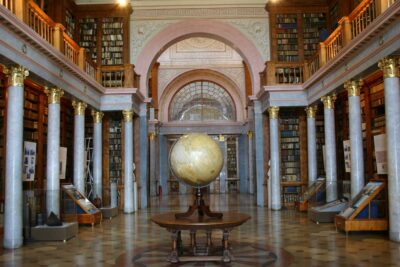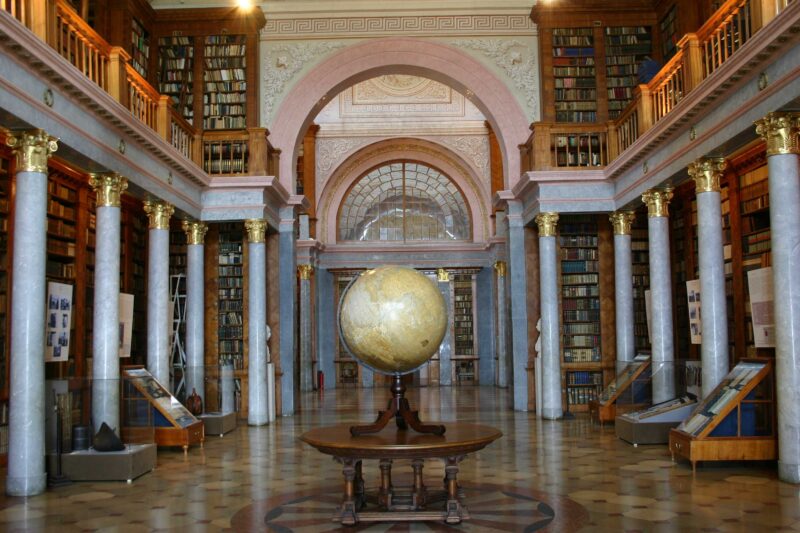
Panoramic view of the Benedictine Archabbey of Pannonhalma, Hungary. (Photo: UNESCO)
This month, our ‘Christian Heritage month by month’ column presents you Archabbey of Pannonhalma, the millenary Benedictine monastery in Western Hungary: a living centre of Christianity and culture in the EU. Click here for more info
The monastery of the Benedictine Order at Pannonhalma was founded in 996 in Western Hungary and had a major role in the diffusion of Christianity in medieval Central Europe. The monastery shows a stratification of different architectural styles and various buildings.
Among these buildings: a school (the first ever school founded in the country), the monastic complex – home to the monks whose life is still based on St. Benedict’s Rule ‘Ora et labora’ -, the tourist welcome points and hospitality facilities, the Chapel of Our Lady, the Millennium Chapel and the botanical and herbal gardens.
The monastery’s library also preserves the oldest surviving document in Hungarian language, the Charter of the Tihany Benedictine Abbey, dating back to 1055. The surrounding area, covered by forests with rare and protected floral species and home to many songbirds, complements in an aesthetic way the man-made millenary monastery.

The library of the Benedictine Archabbey of Pannonhalma, Hungary. (Photo: UNESCO)
As mentioned by the Archabbot of the monastery “The monastery is in fact an experiment to show and provide to a small part of the world the ideal way, for the monastery’s mission is to build God’s country. This land is not only for Christians, but all benevolent people may take part in it, if they experience the message of Pannonhalma archabbey”.
The Archabbey of Pannonhalma and its environment – included in the UNESCO World Heritage List since 1996 – are the living testimony of the thousand-year history of the Benedictine monastery, who has become a place of education, culture, ecumenism and encounter. The community of monks still functions today and sustains with continuous dedication one of the living centres of European culture.

